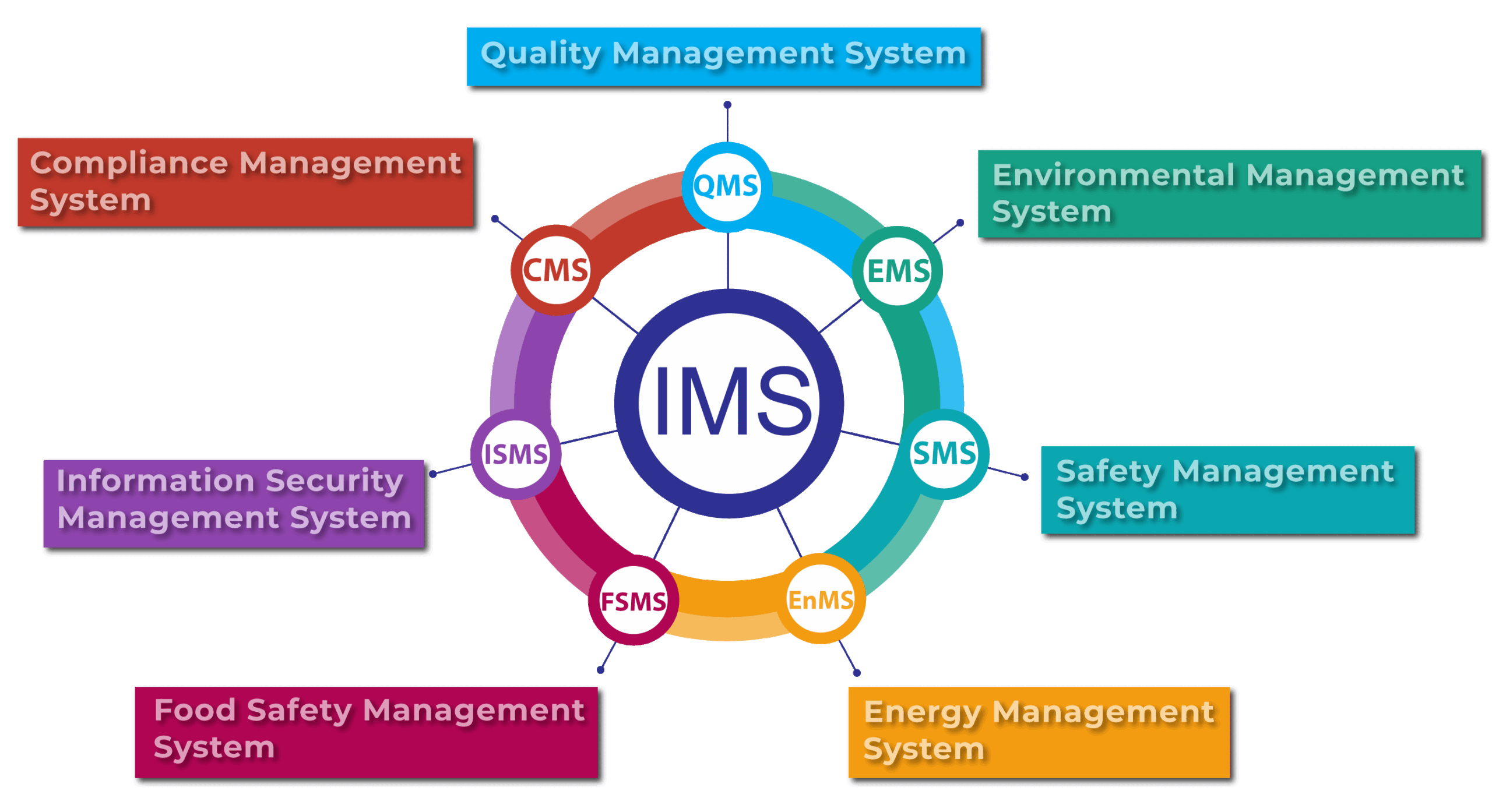Introduction to IMS Meaning in Text
Texting has become a dominant form of communication in today’s digital age, filled with abbreviations and acronyms. These shorten long sentences into a few characters, making messages faster and easier to send. One such acronym is IMS. Understanding what IMS means in text is essential, especially for those who are new to internet slang or trying to decode messages from friends or colleagues.
Read How to Win the New York Times Spelling Bee
What Does IMS Stand For?
IMS stands for “I’m Sorry” in text messaging. It is often used to express an apology or to acknowledge a mistake. This simple acronym saves time and space while conveying a sense of regret or apology in a friendly manner. IMS is commonly used in casual conversations between friends, family, and even in certain professional contexts where informal communication is acceptable.
The Different Uses of IMS in Text Messages

IMS is versatile and can be used in various situations, such as:
See how nyt spelling bee scored
- Apologizing for a Mistake: If someone makes a mistake, they might use IMS to apologize quickly.
- Expressing Regret: IMS can show regret over a decision or action that might have negatively impacted the recipient.
- Sympathy or Empathy: Sometimes, IMS is used to express sympathy when hearing about someone’s difficult situation.
How IMS is Used in Casual Conversations
In casual conversations, people often look for quicker ways to express their feelings. IMS allows users to communicate regret or sympathy without typing out a full apology. For example, if a friend says they had a rough day, you might respond with “IMS, that sounds tough.” This response shows concern and empathy in a brief format.
IMS in Professional Communication
IMS can also appear in professional contexts, especially in workplaces where informal communication is common. It may be used in emails or chat platforms like Slack. However, using IMS in professional settings requires caution. It’s best to use it when you have an established rapport with colleagues and when the tone of the conversation is friendly and informal.
Explore spelling bee hints
Origins of the IMS Acronym
The use of IMS began with the rise of instant messaging and online chat platforms in the early 2000s. It became more popular with the growth of texting on mobile phones. The desire for speed and efficiency in communication led to the creation of short forms like IMS, which allowed users to quickly convey emotions and responses without typing out long sentences.
Other Meanings of IMS Outside of Texting
Though people primarily use IMS to mean “I’m Sorry” in texting, it has other meanings in different contexts.
- IMS in Business: In a corporate setting, people use IMS to refer to an “Information Management System,” which helps organize and manage information.
- IMS in Medicine: It could also refer to “Intramuscular Stimulation,” a technique used by physical therapists. Understanding the context of the conversation is crucial to determining the intended meaning of IMS.
Comparison Between IMS and Other Common Acronyms
Acronyms like IMS are often compared to other text abbreviations. Some common alternatives include:
- SORRY: A direct way to express an apology, but not as brief as IMS.
- ILY: “I Love You,” a common expression of affection.
- OMG: “Oh My God,” used to express surprise. Each of these acronyms serves a different purpose, and people specifically use IMS for apologies or expressions of regret.
The Impact of IMS on Modern Communication
The rise of acronyms like IMS has changed how people communicate. It reflects the desire for quicker communication in an era where time is precious. These short forms streamline conversations, especially in digital communication, where people often prefer brevity.
Common Misunderstandings About IMS
Some people might confuse IMS with other acronyms or misinterpret its meaning. For example, they may think IMS stands for “I’m Sure” or “Instant Messaging Service.” Clarifying the context of use can prevent misunderstandings, especially when the recipient is not familiar with this shorthand.
How to Respond to IMS in Text Messages
Responding to IMS depends on the context in which it’s used:
- When Receiving an Apology: You can respond with “No worries” or “It’s okay.”
- In Casual Conversations: A simple “Thanks” or “I understand” can be an appropriate response. Understanding the tone and context will help you respond appropriately.

Tips for Using Acronyms Like IMS Effectively
When using IMS or any text acronym, consider these tips:
- Know Your Audience: Make sure the recipient understands the meaning of IMS.
- Use it Sparingly: Overusing acronyms can make conversations feel less genuine.
- Keep the Tone in Mind: IMS is best used in informal and friendly contexts.
Examples of IMS in Different Contexts
- Example 1: “IMS for being late. Got caught up in traffic.”
- Example 2: “IMS, didn’t mean to hurt your feelings.”
- Example 3: “IMS, I forgot to bring the documents today.”
IMS and Internet Slang
A broader set of internet slang, including IMS, evolves with online communication. It joins other popular abbreviations like LOL, BRB, and TTYL, which all serve to make digital communication faster and more efficient. Learning these terms can help anyone navigate modern conversations more easily.
Conclusion
IMS is a simple yet effective way to convey apologies in digital communication. It serves as a reminder of how language evolves to meet the needs of fast-paced, tech-driven communication. While its meaning is straightforward, its use can vary based on context, making it a versatile tool in both casual and professional exchanges.
FAQs
Q: What does IMS mean in texting?
IMS stands for “I’m Sorry” in text messaging. It is often used to quickly convey an apology or express regret.
Q: Can IMS be used in professional settings?
Use IMS cautiously in professional settings, especially where informal communication is acceptable.
Q: Are there other meanings of IMS?
Yes, IMS can also mean “Information Management System” in business or “Intramuscular Stimulation” in medical contexts.
Q: How do I respond to IMS?
You can respond with phrases like “No worries,” “It’s okay,” or “I understand,” depending on the context of the apology.
Q: Is IMS commonly used?
Many people use IMS as a quick way to apologize in text, even though it isn’t as widely recognized as other acronyms like LOL or BRB.
Q: Why do people use IMS instead of typing out “I’m sorry”?
IMS saves time and space, making it easier to express feelings in a short message. People find IMS especially useful in casual conversations where they prefer brevity.
